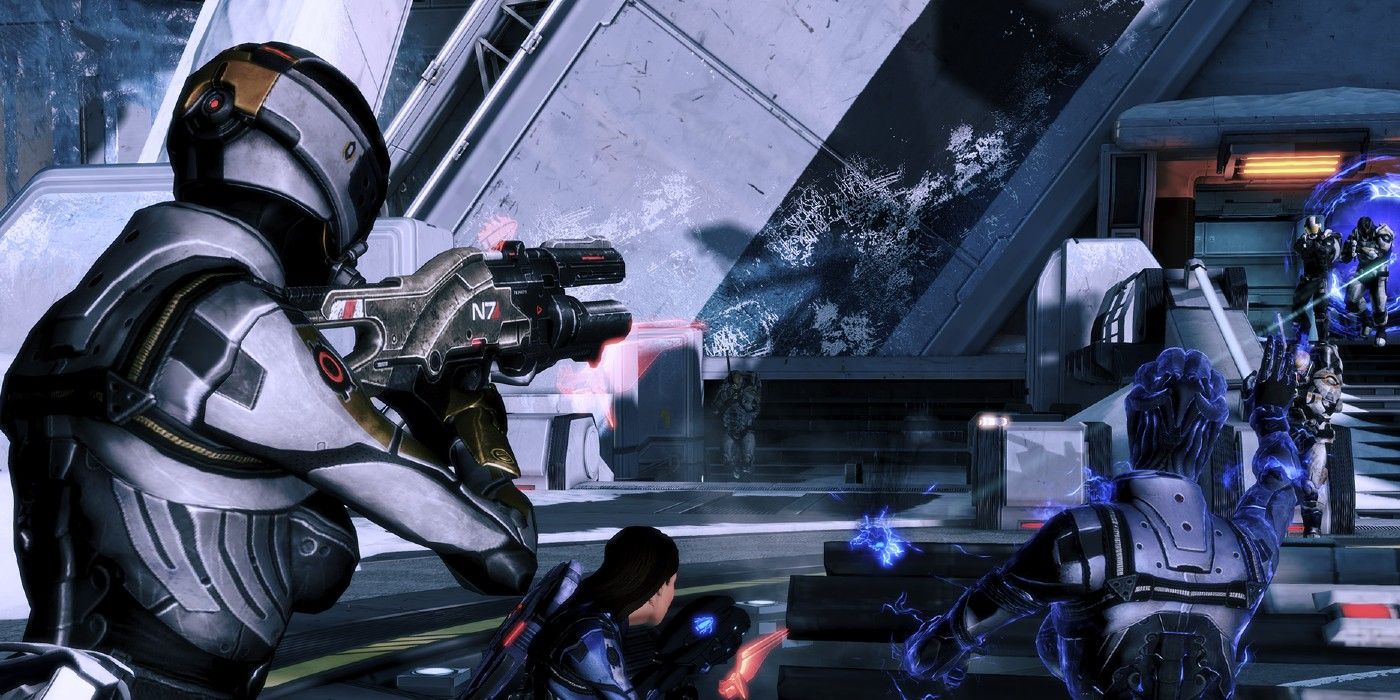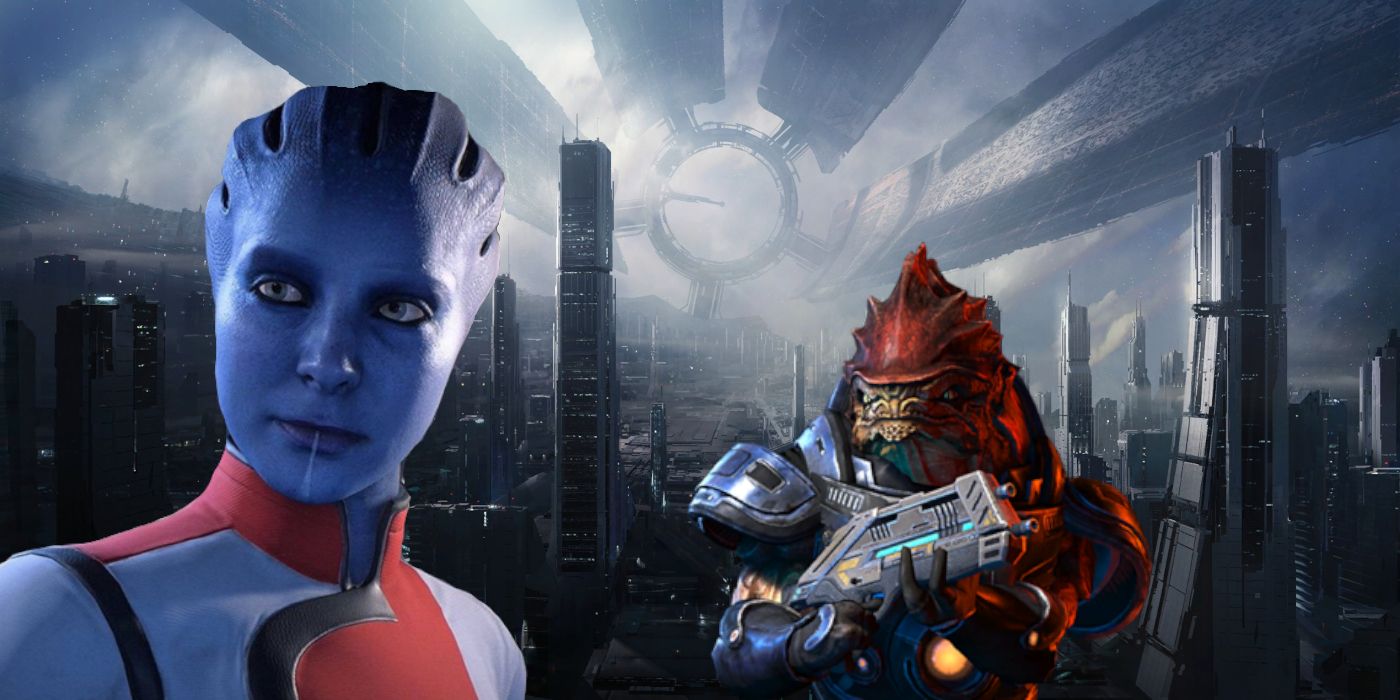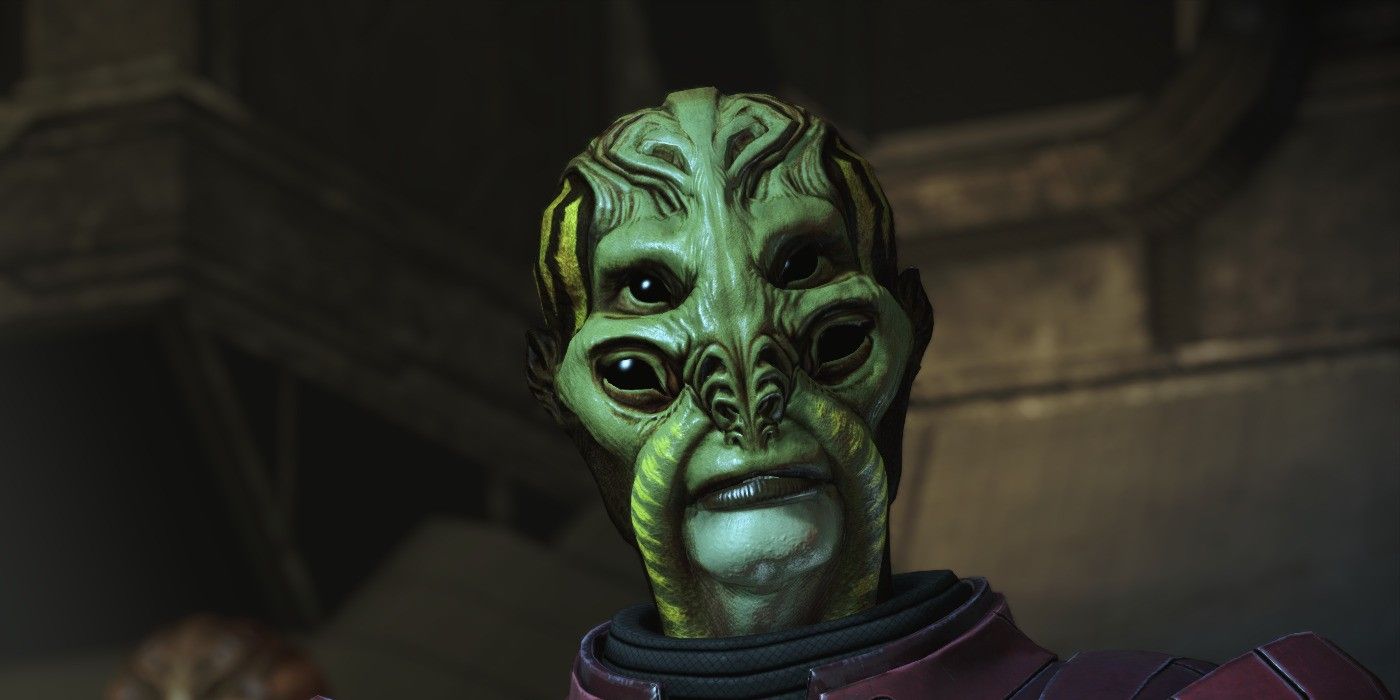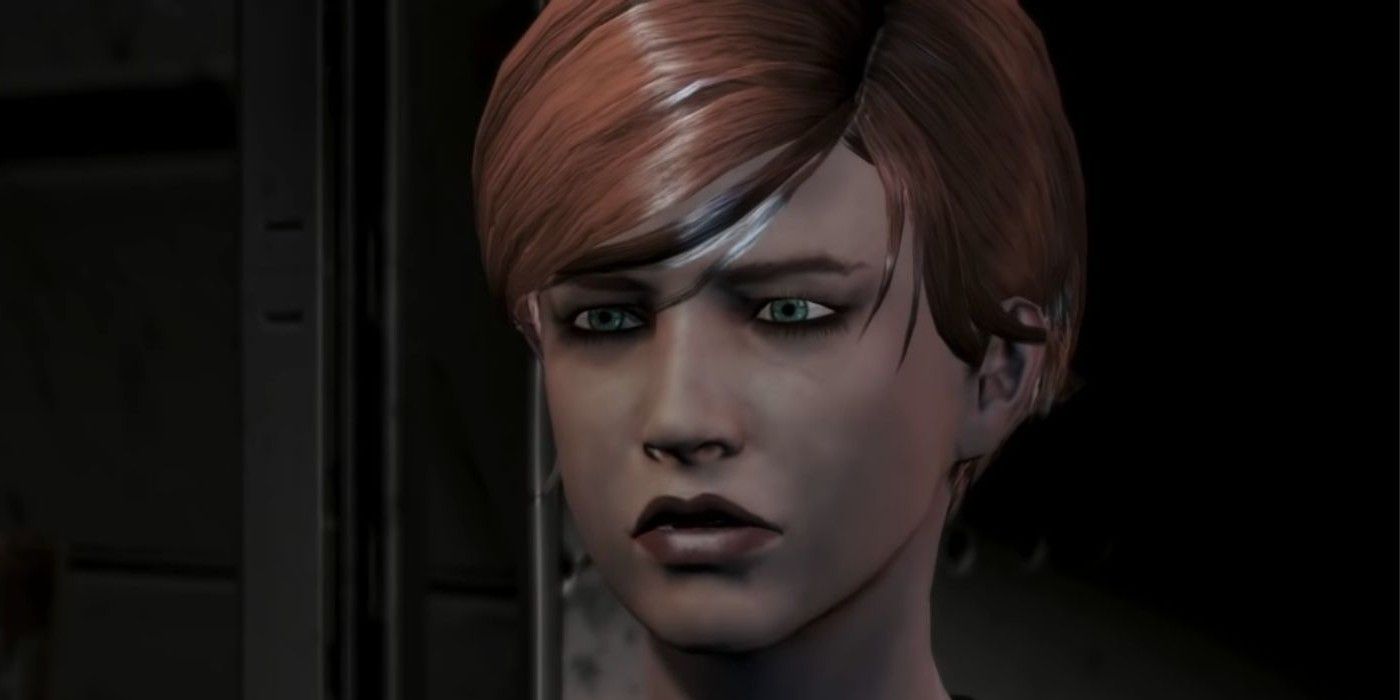
Mass Effect Legendary Edition features a morality system for Commander Shepard throughout the original trilogy and their DLCs. These choices can be distinguished by the red or blue text in the dialogue wheel. Players pursuing a Paragon route throughout the trilogy would abide by kind, heroic morals, while Renegade paths involved more violence and cruelty.
Despite this categorization, there are quite a few Paragon choices that seem more suited to the Renegade path due to their darker moral implications. While players might not think twice about choosing Mass Effect's Paragon or Renegade in some situations, deeper thought might be required for some of the choices present in the games. Like most BioWare titles, choosing the heroic (Paragon) route usually results in happy endings, great relationships, and general approval from the characters surrounding the player.
Unfortunately, there are more than a few Paragon moments in the Mass Effect trilogy that result in horror, regret, and general disapproval from certain members of Shepard's crew. Whether this includes short-sightedness of a potential threat, a careless loss of life, or the use of morally questionable tactics to claim victory, it appears not even the most heroic of Commander Shepards are exempt from the darker choices of the Mass Effect galaxy.

Virmire is known as the location in Mass Effect with the first, game-changing choice: save Ashley Williams or Kaiden Alenko. While this choice has no Paragon or Renegade rating, there is another choice that is present in the area that has far-reaching consequences throughout the Mass Effect trilogy. While navigating through Saren Arterius' facility on Virmire, Shepard and their squad will encounter an Asari scientist named Rana Thanoptis, one of Saren's researchers. She will beg for her life, offering information in exchange for her freedom.
Shepard will be informed of the dangers of Saren's indoctrination research, and the effects it has on both the subjects and staff. Rana even admits that her first test subject was her own predecessor. After Rana has shared all the information needed with Shepard, and even gives access to Saren's private laboratory, players are faced with a choice: spare Rana Thanoptis and allow her to escape, or shoot her as punishment for her crimes. Ironically, choosing the Paragon option and sparing Rana will result in more crimes and deaths.
Should Rana Thanoptis be spared, she will eventually find herself in the employ of a Krogan warlord named Okeer. Despite her apparent good will toward the tank bred Krogans in Mass Effect 2, Rana has once again aligned herself with people of questionable morality. Okeer's desire to perfect his species, rather than work toward curing the genophage, has cultivated a supremacist mindset that Rana is inadvertently supporting. She also fails to save more tank bred Krogan, and shows little remorse for their passing.
Her crimes continue in Mass Effect 3, as her mental state only continues to decline and spiral into insanity. Suspected to have been deeply damaged by her work with indoctrination, Rana Thanoptis goes on to murder several high ranking Asari military leaders before taking her own life. Given the damage she inflicts on the galaxy, and to herself, killing Rana on Virmire is a choice for the greater good and the only way to secure justice for the cruelty subjected on her victims.

Ka'hairal Balak, a Batarian supremacist and terrorist, is a character that can be encountered during the story of Mass Effect 1. Enraged by the resources and land stolen by colonizing humans, Ka'hairal Balak raids Asteroid X57 with the intention of forcing it to crash into the human settlement below. Not only has he been associating with Batarian slavers, but he also shows a blatant disregard for human life, going so far as to execute Katie Bowman's brother right before her eyes.
After his plot is steadily thwarted by Commander Shepard and their crew, he resorts to taking hostages and locking them in a room wired with explosives. Upon reaching Balak, he will blame Shepard for their wanton murder of Batarians and the entitledness of humankind. At this point, players will be given the option to kill Balak and sacrifice the hostages - or allow him to go free and save the hostages.
By releasing Balak and saving the hostages, players essentially release a terrorist who has the hatred, resources, and sway to nearly wipe out an entire colony of innocents. The lack of remorse Ka'hairal Balak shows for his actions only increases the odds that he will continue his rampage across the galaxy. While the lives of the innocent hostages are a high price to pay, allowing Ka'hairal Balak to escape sees his crimes only continue throughout Mass Effect 2 (as shown in various news casts). If encountered in ME3, Balak will still insist that it is Shepard's actions that caused the downfall of his people and insist that they die. While it is possible to persuade him to join the Alliance against the Reaper threat in Mass Effect 3, his unpredictability and unethical activities deem him an unreliable ally at best, and a future threat at worst.

One of the more personal choices the Paragon route offers involves the survival of Kelly Chambers. Introduced as Shepard's yeoman and acting as a sort of psychologist in Mass Effect 2, Kelly Chambers is perhaps one of Cerberus' most redeemable members. Despite the organization's notoriety and arguably evil intentions, Chambers only shows concern and care for Shepard and their crew. Furthermore, she is available as a potential, short-term Mass Effect romance option for either female or male Shepard.
Prior to the suicide mission in ME2, the pair will even share a romantic evening together. If Kelly Chambers survives the events of the suicide mission, and is lead to safety back to the Normandy, she will appear in Mass Effect 3's Citadel refugee camp. It is this encounter that will bring about a rather questionable Paragon choice for players. In the time between Mass Effect 2 and Mass Effect 3, Kelly Chambers has been assisting displaced refugees at the Citadel refugee camp, dedicating herself to bettering the lives of others despite the risk to her own well-being. Shepard will be informed that her former associates at Cerberus are hunting her, and she is in grave danger.
The Paragon choice encourages Kelly Chambers to continue assisting with the refugees, while the Renegade choice urges her to adapt a new identity and go on the run. In this instance, the Paragon choice will lead to Kelly Chambers' execution at the hands of Cerberus when they attack the Citadel, while the Renegade choice will ensure that she lives to help another day. By urging her to disregard her own safety and continue her efforts with the refugees, Shepard essentially implies that Chambers has not yet atoned for her time in Cerberus and requires further redemption. On the other hand, directing Chambers to escape while she has the chance gives her the opportunity to start a well-deserved, new life.
The Mass Effect usually makes the best choices for Paragon and Renegade in shades of traditional good and evil, but these occurrences throughout the trilogy shift to shades of grey. The full consequences of these Paragon choices can only be seen retroactively, but stand as platforms to change Commander Shepard's morality and intentions. The risks and rewards of the Mass Effect universe are far-reaching throughout the original trilogy, and the full extent of one's actions only succeed in introducing more chaotic factors into an already charged conflict.
from ScreenRant - Feed https://ift.tt/3hi9uWf


0 Comments